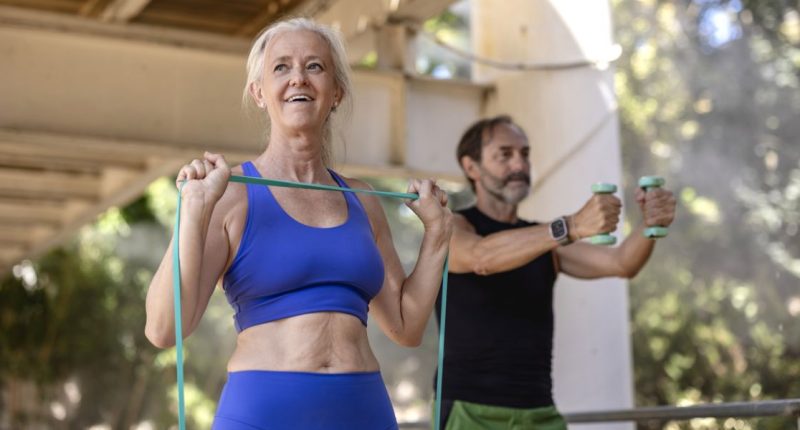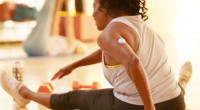Aerobic cooldowns after intense exercise can help people with type 1 diabetes better manage their blood sugar levels, current guidance says.
Researchers from the University of Alberta have however outlined a different solution which could provide better outcomes for individuals living with the condition.
Lead author Professor Jane Yardley said: “We have more knowledge now on how to best stop blood sugar from going too low, recommendations on how to adjust insulin and how many carbohydrates to take, but we’re still working on the post-exercise period.”
During the study, the team of researchers analysed the association between exercising on an empty stomach and post-exercise hyperglycaemia in people with type 1 diabetes.
They discovered that glucose levels after exercise do fall after an aerobic cooldown, but the effect does not last long.
- Low intake of sugar and starch is beneficial for people with IBS
- Weekly insulin injections as effective at controlling blood sugar as daily injections
- Use of Continuous Glucose Monitors by People With and Without Diabetes
Living with untreated hyperglycaemia for long periods of time can trigger the development of eye disease, kidney damage, nerve damage and ketoacidosis – a condition which can lead to a diabetic coma.
Professor Yardley said: “Severe hyperglycaemia can even lead to death, so having accurate, evidence-based management strategies is critical.”
Insulin and glucagon are two hormones in a constant flux. Insulin and glucagon help maintain blood sugar levels.
Glucagon helps prevent blood sugar from dropping, while insulin stops it from rising too high.
Insulin and glucagon work together in a balance and play a vital role in regulating a person’s blood sugar levels. Glucagon breaks down glycogen to glucose in the liver.
Individuals living with type 1 diabetes struggle to achieve this balance as they do not produce insulin naturally.
Professor Yardley said: “When you start to exercise, your cells will actually suck in glucose without even having insulin in circulation.
“So, what your body does naturally, if your pancreas works correctly, is let your liver release glucose at the rate your cells are taking it up. So, you still keep a fairly consistent level of glucose.”
The circulation of insulin increases during exercise, causing glucose levels to drop during physical activity. Synthetic insulin remains in circulation longer than naturally produced insulin.
“In that case, you’ve got too much insulin, you’ve got that extra uptake from the exercise causing glucose to go into cells, and this all brings the glucose levels down in the blood very quickly. After exercise we tend to see a big rebound in blood glucose,” said the authors.
She continued: “The body doesn’t store that glucose anymore, and even though your body is still releasing it, it’s not going into the cells.”
During the trial, the participants completed exercise sessions before eating in the morning. Each participant took part in two identical resistance exercise sessions, with one followed by 10 minutes of sitting and the other followed by a low-intensity 10-minute cooldown on a stationary bicycle.
The research team looked at the participants’ blood glucose levels during the two sessions, as well as assessing their continuous glucose monitor devices over 24 hours after the exercise sessions.
Professor Yardley said: “It’s high from everything else that’s going on metabolically, and you don’t know how sensitive you are to that insulin after exercise, so it’s a bit less predictable.
“Exercise and physical activity are extremely important for everyone. What we’re trying to do is remove some of the barriers for people with type 1 diabetes.”
Read more in the Canadian Journal of Diabetes.





